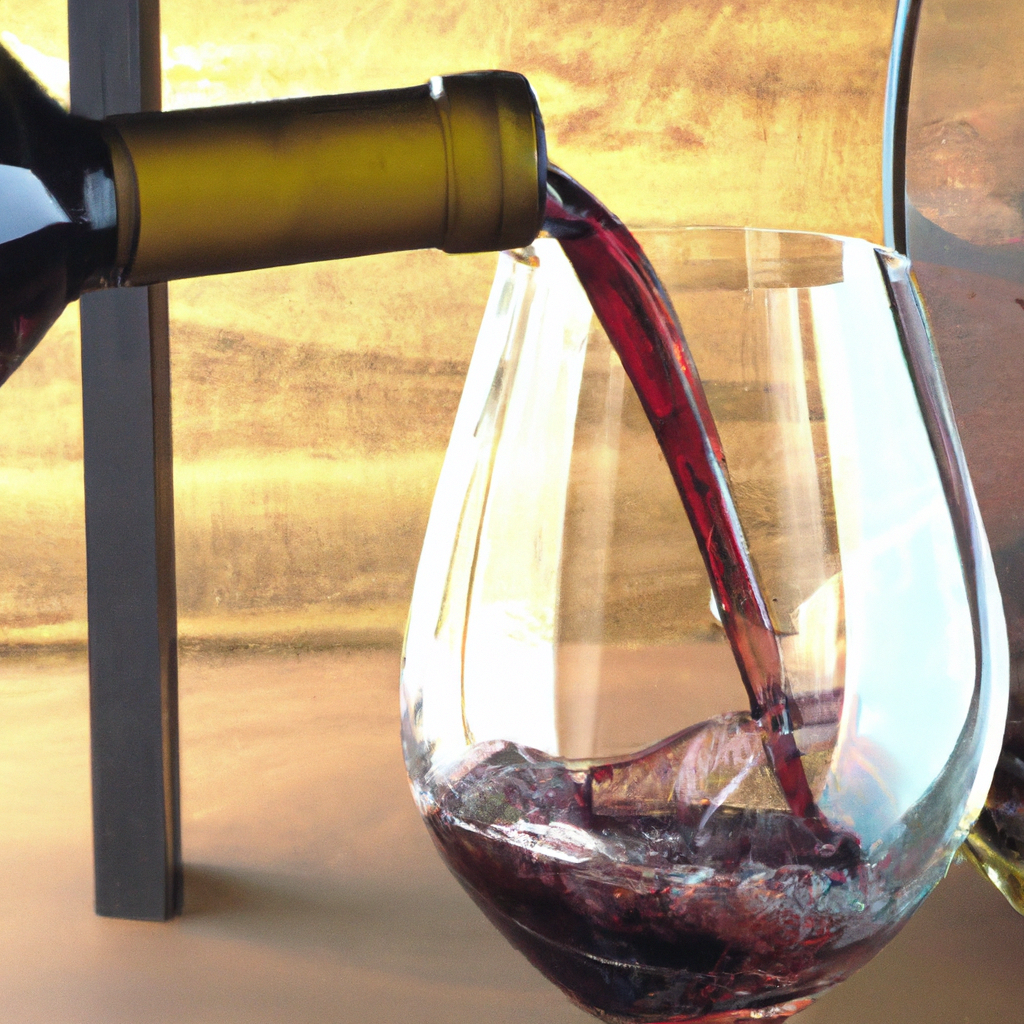
-
Article Summary
- Understanding Wine: Exploring the Diversity of Terms
- Key Takeaways
- Introduction: Decoding the Language of Wine
- Understanding Taste: From Sweet to Tannic
- Deciphering Aroma: From Fruity to Earthy
- Identifying Color: From Pale to Deep
- Exploring Production: From Terroir to Vintage
- FAQ Section
- What does “body” mean in wine terminology?
- What is “oak” in wine?
- What does “minerality” mean?
- What is a “tannin” in wine?
- What does “vintage” mean in wine?
- Conclusion: The Journey of Understanding Wine
- Revisiting Key Takeaways
Understanding Wine: Exploring the Diversity of Terms

[youtubomatic_search]
Key Takeaways
- Wine terminology is vast and diverse, reflecting the complexity of the wine-making process and the variety of wines available.
- Understanding basic wine terms can enhance your wine tasting experience and help you make informed choices.
- Wine terms can be categorized into those related to taste, aroma, color, and production methods.
- Some terms, like “body” and “tannin”, refer to the physical sensations of drinking wine, while others, like “terroir” and “vintage”, refer to the wine’s origin and production.
- Learning wine terminology is a journey that can deepen your appreciation for this ancient and sophisticated beverage.
Introduction: Decoding the Language of Wine
Wine, one of the oldest and most revered beverages in the world, has a language all its own. This language, rich in terminology, can seem daunting to the uninitiated. However, understanding basic wine terms can greatly enhance your wine tasting experience and help you make informed choices. This article will explore the diversity of wine terms, providing a guide for beginners and a refresher for seasoned wine enthusiasts.
Understanding Taste: From Sweet to Tannic
When it comes to describing the taste of wine, terms like “sweet”, “dry”, “acidic”, and “tannic” are commonly used. “Sweet” refers to the residual sugar left in the wine after fermentation, while “dry” indicates a lack of residual sugar. “Acidic” describes a wine with a sharp, crisp taste, often associated with white wines. “Tannic” refers to the astringent, mouth-drying sensation caused by tannins, compounds found in grape skins and seeds.
Deciphering Aroma: From Fruity to Earthy
The aroma of wine, often referred to as its “nose”, is another important aspect of wine tasting. Terms like “fruity”, “floral”, “spicy”, and “earthy” are used to describe the complex array of scents a wine can exhibit. For example, a “fruity” wine may have notes of apple, cherry, or peach, while an “earthy” wine may have hints of mushroom, leather, or wet leaves.
Identifying Color: From Pale to Deep
The color of wine can provide clues about its age, grape variety, and production methods. Terms like “pale”, “medium”, and “deep” are used to describe the intensity of a wine’s color. For example, a young white wine may be described as “pale straw”, while an aged red wine may be described as “deep ruby”.
Exploring Production: From Terroir to Vintage
Some wine terms relate to the wine’s origin and production. “Terroir” refers to the unique combination of climate, soil, and geography that influences a wine’s character. “Vintage” refers to the year the grapes were harvested, which can affect the quality and taste of the wine due to variations in weather conditions.
FAQ Section
What does “body” mean in wine terminology?
“Body” refers to the weight and fullness of the wine in your mouth, often related to the wine’s alcohol content. Wines can be described as light-bodied, medium-bodied, or full-bodied.
What is “oak” in wine?
“Oak” refers to the flavor and aroma characteristics imparted to the wine from aging in oak barrels. These can include notes of vanilla, toast, and smoke.
What does “minerality” mean?
“Minerality” is a term used to describe wine flavors that recall wet stone, chalk, or other mineral-like qualities. It’s often associated with wines from regions with rocky or volcanic soils.
What is a “tannin” in wine?
“Tannin” is a naturally occurring compound in grapes that contributes to the astringency, complexity, and aging potential of wine. It’s most commonly associated with red wines.
What does “vintage” mean in wine?
“Vintage” refers to the year the grapes were harvested. The weather conditions of a particular vintage can greatly influence the quality and character of the wine.
Conclusion: The Journey of Understanding Wine
Understanding wine terminology is not just about decoding a wine label or impressing your friends at a dinner party. It’s about deepening your appreciation for this ancient and sophisticated beverage, and enhancing your sensory experience. Whether you’re a beginner or a seasoned wine enthusiast, there’s always something new to learn in the diverse world of wine terms.
Revisiting Key Takeaways
- Wine terminology is vast and diverse, reflecting the complexity of the wine-making process and the variety of wines available.
- Understanding basic wine terms can enhance your wine tasting experience and help you make informed choices.
- Wine terms can be categorized into those related to taste, aroma, color, and production methods.
- Some terms, like “body” and “tannin”, refer to the physical sensations of drinking wine, while others, like “terroir” and “vintage”, refer to the wine’s origin and production.
- Learning wine terminology is a journey that can deepen your appreciation for this ancient and sophisticated beverage.
[youtubomatic_search]






